The Sealift. It’s one of the more interesting sights you’ll see living in Iqaluit, or anywhere in Nunavut. A big ship parked out in the middle of the bay and then, over the course of a day, or a week, a steady stream of barges running back and forth between the boat and a beach in the community.
It’s Christmas in summer. Or how the north resupplies. A combination of few proper port facilities in the north, remote locations, and a short shipping season make it a singularly weird northern experience.
The sealift to iqaluit brings up a lot of unusual stuff. This summer Iqaluit can expect to see materials for new houses, the new swimming facility, and the new airport. One year they shipped up a car crusher to get rid of some of the wrecks around town, and shipped it out at the end of the season. But it’s not all big projects that get the sealift treatment. Odds are if you’re in Iqaluit right now, you’re planning, or know someone who is planning, to do a sealift.
So let’s get to the questions.
Should I do a sealift?
People do a sealift because even taking into account the extra upfront costs like crating, shipping, and buying a year’s supply of everything all at once you do save money in the long run. Think of how much you might pay for a case of soft drinks in a year. Maybe $10 for 24 in Ontario. It’s $25 here. On sale. And possibly expired. And let’s not get into the horror story that is trying to buy toilet paper.
Or maybe you want to buy some stuff that’s not easy to get in Iqaluit. If you have your heart set on a specific piece of furniture, or appliances, or want to do some home renovations, it might be easier, and cheaper, to buy it down south and have it shipped here. There’s only one hardware store in town right now, for example, and it’s not exactly Canadian Tire. There are two places that sell appliances. Let’s say their variety is limited.
Having said that, doing a sealift is an Intermediate Nunavut Skill. If you’re on your way to Nunavut for the first time, I wouldn’t try adding a sealift to the challenges you face. My wife did it when we first moved here. Then again, she also planned a wedding and our move to Nunavut all at the same time. My wife is a supernatural being. Are you a supernatural being? No? Then you probably shouldn’t try it when you’re also in the process of moving here. Wait until you’ve lived here at least one winter first.
I’ve been here a year/I am, in fact, a supernatural being. How do I do a sealift?
You have a few options. If you’re in Iqaluit and can’t get down south to do a sealift, there are companies that will help you out with that. The Northern Stores, for example, have a website where you can order all the food you want and, voila, several months later it will show up. However, they only have food that you can get at NorthMart. If you’re sick of what they’re selling, this may not be something you want to do. People in town have also been known to complain about getting expired food from them, so there’s that caveat (doing anything up here has a lot of caveats). On the plus side, they will deliver it into your residence. This might not seem like a big deal, unless you live on the top floor of an apartment building and lugging a year’s supply of soup up four flights of stairs, outdoors, when it’s snowing, is unappealing to you (I have done this for a friend. The friend is still paying off the karmic debt).
Other private businesses will do the shopping for you in Ottawa/Montreal. For example, I Shop 4 You, Northern Shopper, or the newest sealift service provider in the game, the Iqaluit-based online store, NuuLift. You give them a list of what you want, they’ll run around and do the shopping for you. On the upside, you don’t have to do any work. On the downside, you will be paying them for this service and there’s always the possibility they will forget something or make a mistake.
The third option is flying to Ottawa/Montreal and doing it yourself. Some make this a special sealift trip, others take a day or two out of their vacation to take care of it. Once you have all your goods, you drop it off to a company like TSC in Ottawa, who will then crate everything for you, ship it to Montreal, where it is then put on a boat. It will magically arrive a few months later.
Okay, oh Wise Guru, how do you do your sealift?
We take care of it ourselves. Experience has taught us that we’re better off handling as much of the sealift ourselves rather than getting too many extra parties involved. So here is our master plan:
- Make your master list of everything you plan on buying. For the love of God, do not go into Costco on a Saturday trying to do your sealift without a plan of attack. If you’re in Costco longer than three hours, you’re doing it wrong. So sit down and figure out how much of everything you expect to go through in a year. Make a list. Bring it with you.
- Contact TSC in Ottawa a couple of months in advance. Tell them what days you’re going to be doing your sealift. They are pros at this and will walk you through what they need and what’s expected of you. They’re open Monday-Friday, so if you’re doing your sealift on a weekend, you’re going to need to make special arrangements with them.
- Figure out what boat your order is coming up on. There are generally three-four sailings per year that hit Iqaluit, less if you live in a smaller community. For example, the first boat of the year will arrive in Iqaluit late June/early July. The cut-off to get stuff on that boat at TSC is the end of May. The cut-off for the boat arriving in mid-August is normally early July. The last boat of the year is normally in October. The cut-off for this boat is in mid-August. Plan accordingly. Also be aware that waiting for the last boat can be risky. If the ice comes in early and the boat can’t come in, well…and yeah, it has happened in recent years.
- Figure out what stores you need to visit. We always hit Costco first, then WalMart, and that takes care of 95% of the groceries we’ll need. We might hit a Loblaws or a Bulk Barn if there’s something specific we need. Also on the short list of places tends to be IKEA for furniture, Home Depot/Canadian Tire for appliances, Future Shop for any electronics, etc.
- Do I need to say everything you buy should be non-perishable? Good.
- Don’t waste time running around trying to save a few dollars on specific items. Assume Costco and Walmart are going to be cheaper than just about anywhere else. Saving a few dollars is not as important as saving time and your sanity.
- Rent a large SUV or cargo van. As much as possible, take everything out of the store with you and drop it off at TSC rather than having it delivered later. Yes, this can be heavy and sweaty work, especially if you’re doing it in Ottawa in July, but you’ll be glad you did later. Yes, if it’s a new living room set, that will have to be delivered. But groceries? No. We had $800 worth of goods walk away from Costco a few years ago when we had TSC go and pick it up for us. Never again. If you can carry it and stuff it in the truck, do it yourself.
- Obviously big items like couches or washer and dryers likely won’t fit in your van. If you’re buying these items, arrange to have them delivered to TSC. Let TSC know it’s coming.
- A basic sealift can be done in two days. One day if you’re a ninja. Stick to one area as much as possible (Cyrville Road area in Ottawa is good. TSC is nearby, as is Costco, Wal-Mart, hardware stores, pet stores, etc.) to save time. It’s better to have at least two people doing it. If that means drafting a friend or family member to help in Ottawa, go for it. Warn them in advance. For newbies it can be terrifying to watch someone walk up to a cash register with 800 cans of pop.
- Make sure you talk to your bank to increase your debit card limit when going to Costco. No kidding, you’re going to drop some change there. Also, try to hit them on a weekday (they hate sealifts on weekends) and call in advance to let them know you’re showing up. Talk to the floor manager when you arrive. They’ll dedicate a cashier when you’re ready to leave.
- Take a deep breath. We routinely drop $5,000, before shipping costs, on sealift. And that’s also without big ticket items. We bought a new living room set this year. If you have kids, that number is going to be higher. Remember, short term terror, long term savings.
- Do not even screw around with thinking you can sneak booze up. If you’re buying beer, wine, or spirits, make sure you get the proper permits first. It’s not worth the migraines and law enforcement has no sense of humour about it.
- Buying a car and sending it up is a whole new kettle of fish. It’s going to cost at least $2,000 to ship it up. Also, if you buy it new in Ontario, remember you’re going to have to pay all taxes and licencing in the province.
- Some things do not do well sitting out in the sun when doing your sealift. I love chocolate. I no longer buy it and ship it on my sealift after opening my first box of brown sludge.
- For the love of God, keep all your receipts. You can get back the provincial government portion of the HST on anything you buy in Ontario if you ship it to Iqaluit. Here’s the link on the CRA website for the form you can fill out. In case you think that’s no big deal, we’re getting back $600 on our last sealift. I understand the economy in Ontario is screwed, but I need that $600 more than they do.
How much is shipping all of this up here going to cost?
Here it comes… it depends. Talk to TSC and they’ll give you a breakdown. But it depends on the weight and volume of what you’re buying. Our sealift in 2013 was of moderate size (2 people, no weird furniture taking up space) and it was around $1,200 to get here. This year we have a living room set. I’ll be surprised if it comes in under $2,000. Keep in mind that includes TSC packaging everything properly, then building a crate around it, then shipping it to Montreal, and then paying the costs of having that crate shipped to Iqaluit. I consider that reasonable.
It’s all well and good to say plan in advance, but how do I figure out how much I need of something?
Trial and error, I’m afraid. Some of it is easy. If you have one can of pop a day, well, that’s simple math to work out. But really, how much toilet paper do you use in the run of a year (furthermore, do you want to be the kind of person who counts how much toilet paper you use?). How much pasta do you eat? How much tuna do you eat? How much soap do you use?
You are going to guess. Sometimes you’re going to get it right. Sometimes you’re going to get it wrong. Sometimes you’re going to get it hilariously wrong. On our first sealift we ordered enough toothpaste to last us, no kidding, eight years.
The first sealift is a guess, and a learning experience. Keep your list. Check it the next year against what’s in your sealift room. Add or subtract accordingly. The longer you’re here, the better you’ll get at it.
And, if for some reason, you find yourself with 50 bottles of mayonnaise and you have no idea how the hell that happened, you could always sell it, either through Iqaluit Sell/Swap or a yard sale.
What happens if the boat sinks or my stuff gets damaged?
Yeah, insurance is a good idea. Talk to TSC.
Hey, this big wooden crate has arrived in Iqaluit. What now?
Call RL Hanson Construction (979-6004) in town once you see the boat in the bay. They can confirm if your stuff is on board. Make arrangements to have the crate delivered to your house/apartment. It can take anywhere from a day to a week for your stuff to arrive once the boat appears in the bay. Patience, grasshopper.
Do not be a cheap bastard and think you can just unload it straight from the crate to your car when they dump it on the beach. It’s a logistical nightmare and you’re begging to get robbed. Pay to have it delivered.
One day, you will look out in front and magically a crate will be there. Odds are this will happen while you’re at work. Before this happens, invest in the following: work gloves, a crowbar, a mallet, and a pair of metal cutters. TSC will seal that crate so tight you’d think they were shipping the Ark of the Covenant. Remember, buying those items in Ottawa to use on the sealift will work in the future, but will not help you very much with the one you’re currently trying to open. Be prepared to curse TSC extensively for all the nails they have put in the damn thing and that it will take at least 30 minutes to open.
Empty your sealift as soon as possible. A sealed sealift crate is no guarantee against thieves. Our first sealift was broken into as they were looking for booze. They didn’t find any but the bastards did steal my chocolate. An open sealift crate left unattended is begging to be robbed.
Once the crate is unloaded you are left with a large wooden box. You have options. You can use it yourself for…whatever. You can see if any friends or neighbours want it. They’re often converted into sheds and/or storage bins, or broken down into firewood. You can break it down yourself and, if you have the space, store it somewhere outside. Every June the City does a community clean-up. As long as a container is broken down into smaller pieces, they’ll cart it away for free. Or you can call Hanson’s, pay them again, and they carry it away for you.
If you live in an apartment complex, odds are you can’t leave a big wooden crate in front of your place of months on end. You will piss people off.
Any other last minute advice?
Sure. If you are flying to Ottawa to do this, you really are better doing it at the start of a vacation rather than making a special trip. And keep an eye out with Canadian North or First Air for seat sales.
Make sure you budget. Yes, you’re saving money over the year, but do be prepared to find $5000 or more on your Visa in one month. If you’re the type of person who runs a balance on your credit card, 19% on that is going to eat into any savings you might have gotten pretty quick.
TSC and IKEA don’t like each other. IKEA won’t deliver there, TSC won’t pick up from there. So if you’re doing an IKEA run, make sure your vehicle is big enough to haul whatever you’re buying.
Iqaluit is expensive and yes, this is a way to save money. But lots of people don’t do a sealift, because they don’t think they save enough money to weigh off the cost of travelling to Ottawa and the shipping fees. And they may have a point. Judge accordingly.
Do weigh how much space you have in your sealift room against how much you’re going to buy. You’ll be surprised how quickly those rooms fill up. When living in Rankin my wife went to an apartment where the dude had ordered so much beer he was using it as flooring. He literally had to drink his way out of the place. Don’t be that dude.
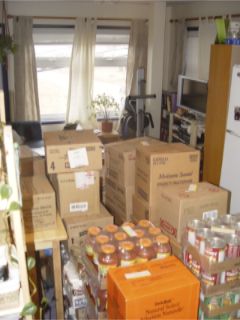
All this stuff has to fit in your house. Please leave space for human or animal inhabitants as well.
And there you go. And least you think “Wow, he really knows his stuff” allow me to clarify…my wife really knows her stuff. I’m the manual labour.
Craig Welsh aka Townie Bastard has been called a “godfather” of Nunavut blogging, which is just foolish. For one thing, do you know how expensive it is to ship up horse heads to intimidate upstart bloggers? It’s not cheap…or so he’s been told. Craig has lived in Iqaluit for nearly nine years, along with his lovely wife, the tragically named Mrs. Bastard. Since arriving in Iqaluit he has written nearly 2,000 blog posts, mostly about inane things, but occasionally about something useful, including the semi-famous Moving to Iqaluit FAQ (which he really needs to update). When not infrequently blogger or more frequently working, he does some freelance travel writing, for which he recently won a Newspaper Atlantic award. He is entirely too proud of that. He also is a massive geek and probably has the largest graphic novel collection in Nunavut. He’s quite proud of this. Mrs. Bastard…not so much.

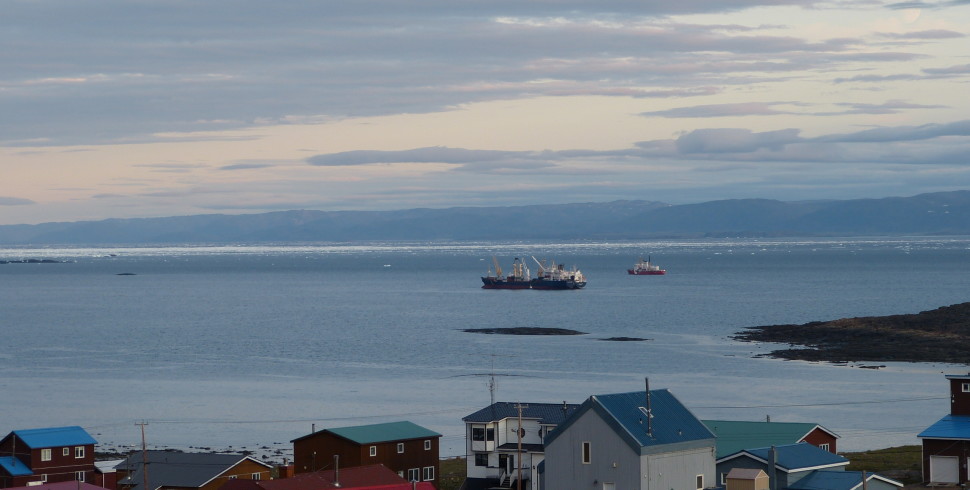
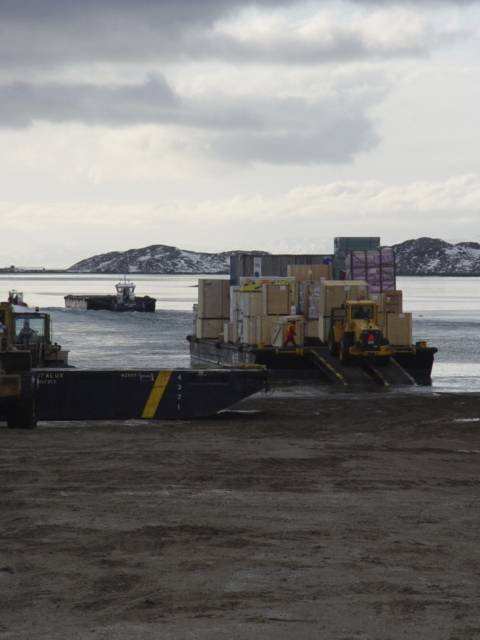

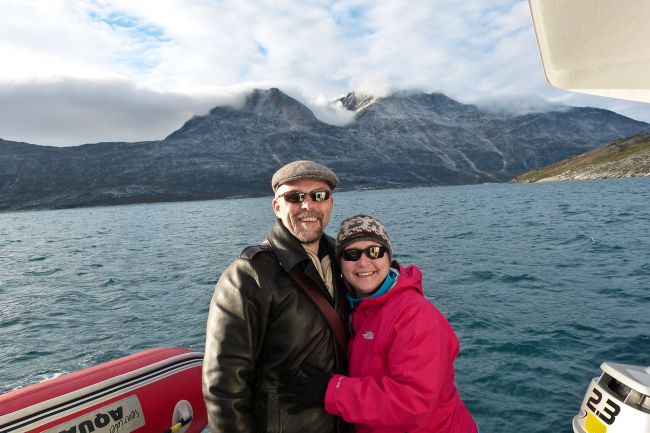






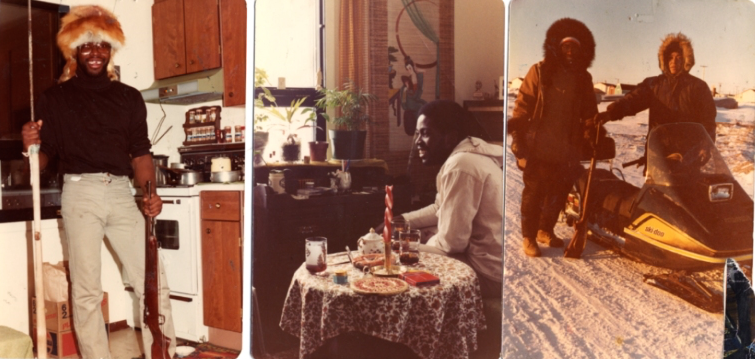
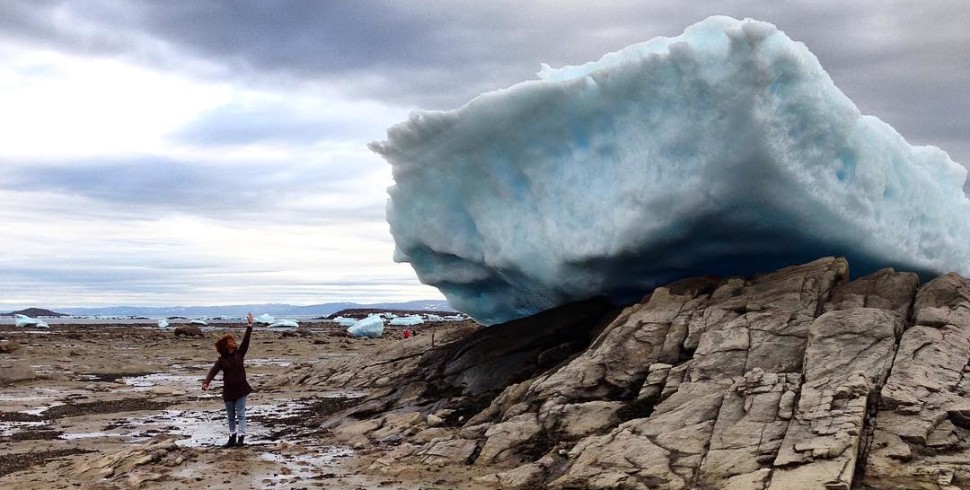





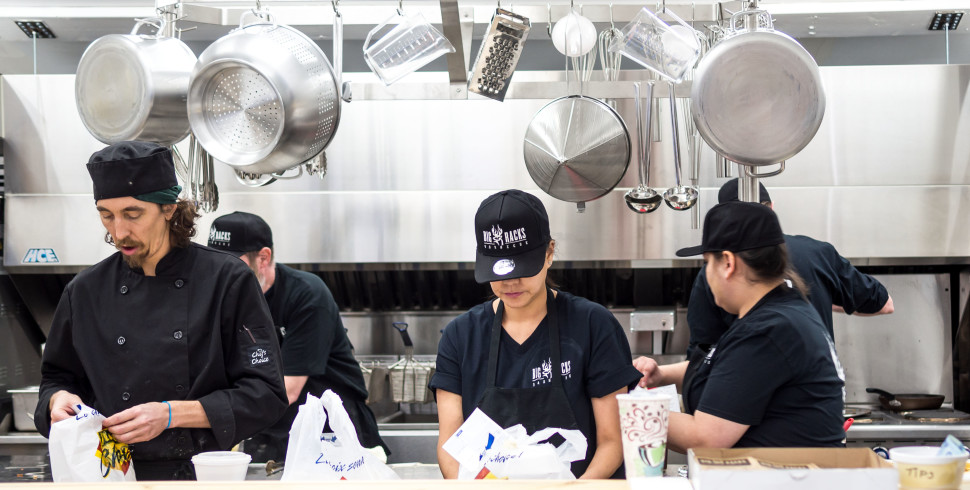

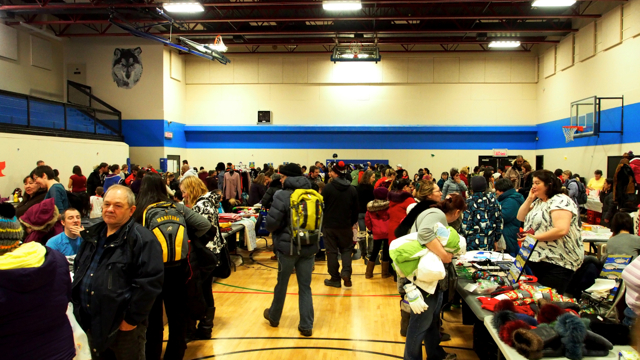
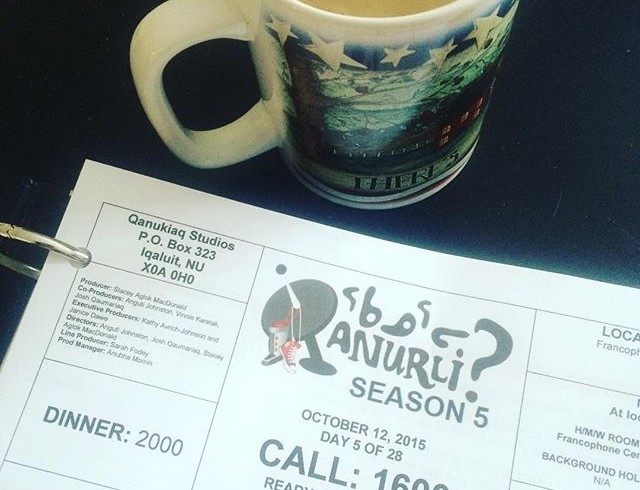




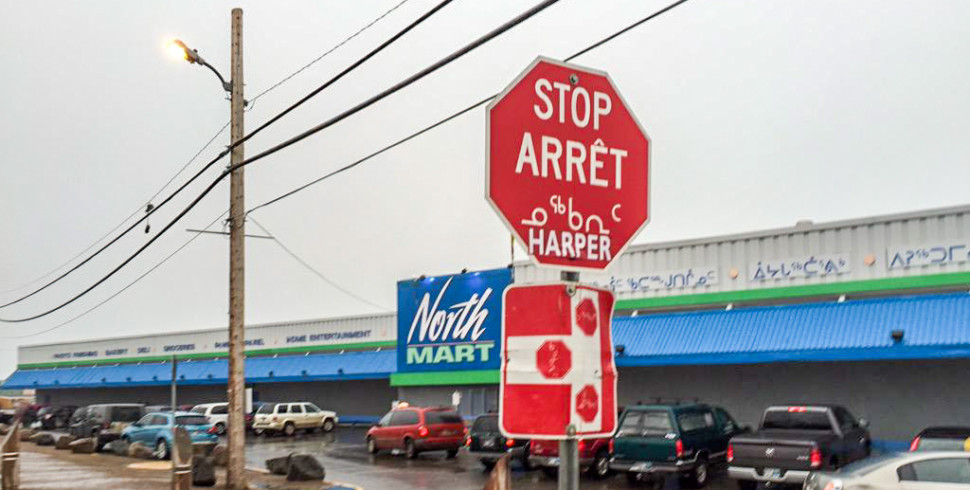
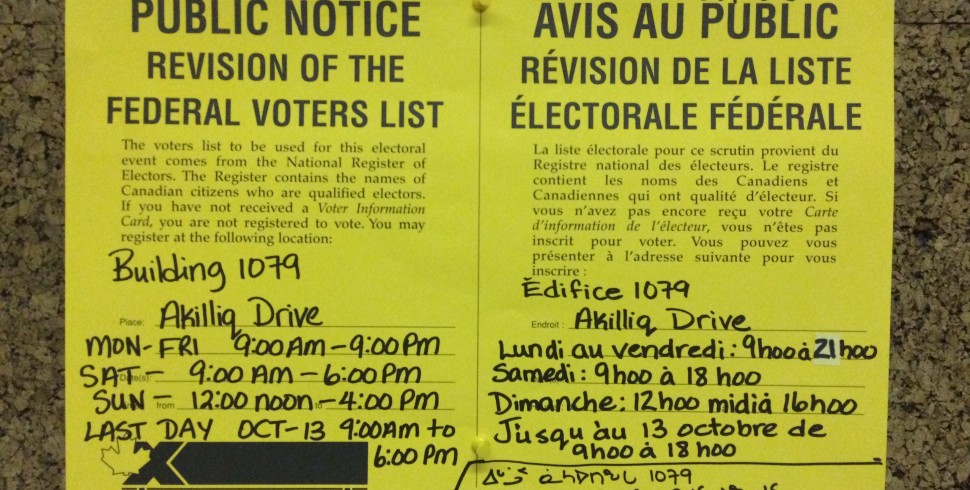
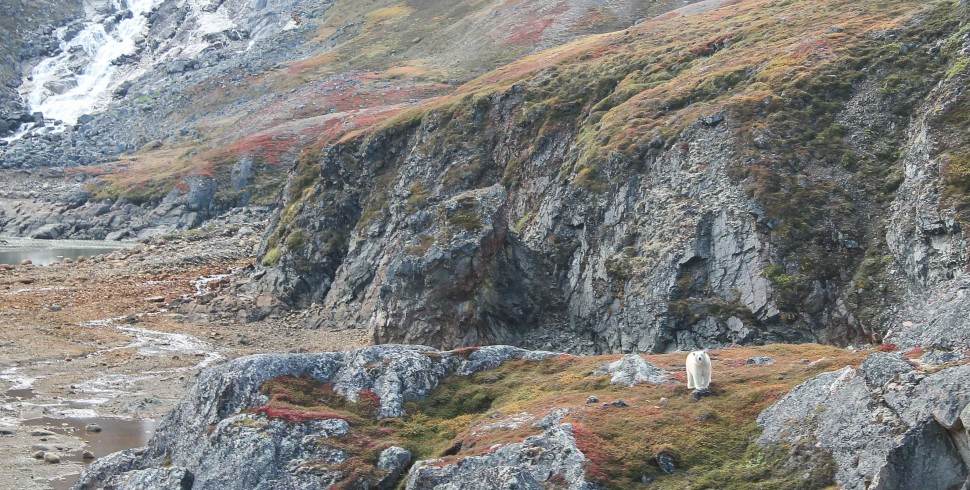






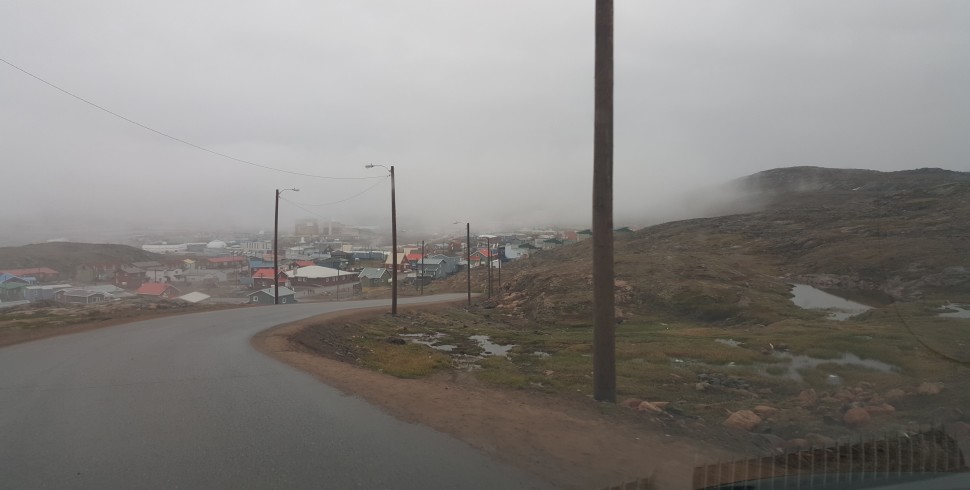
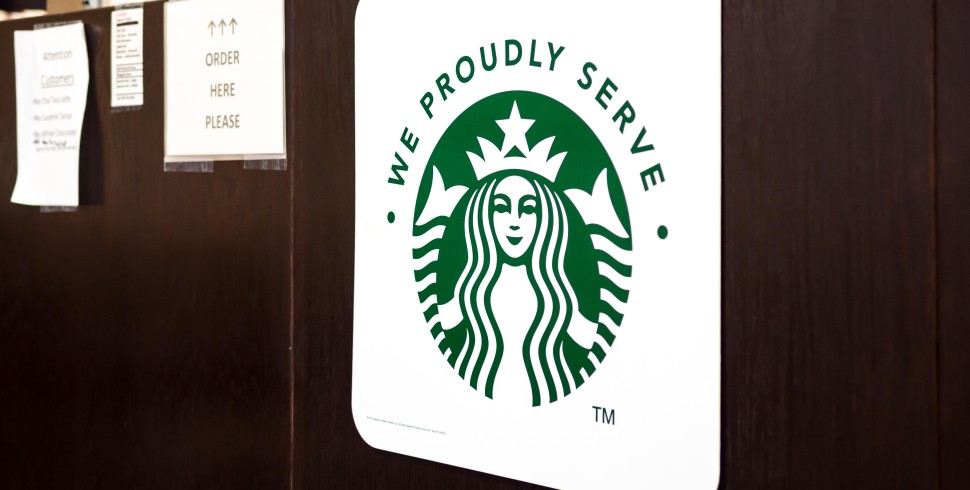
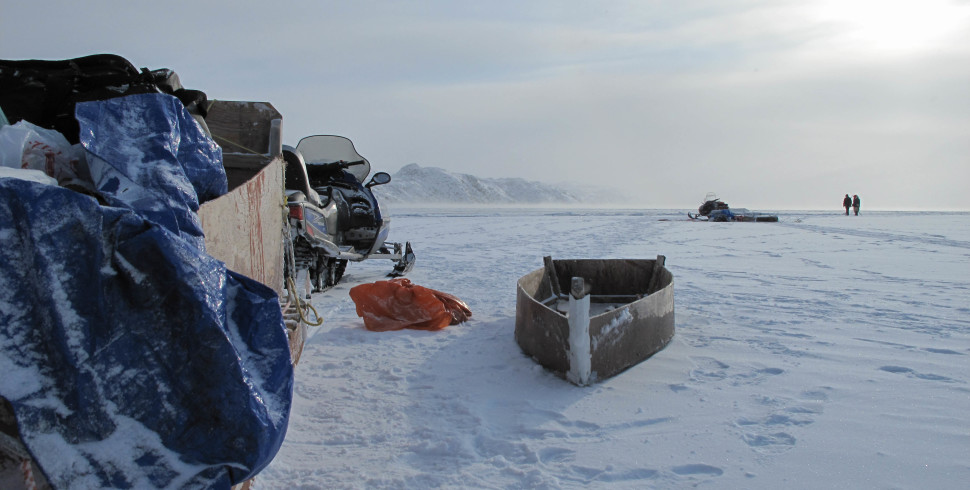

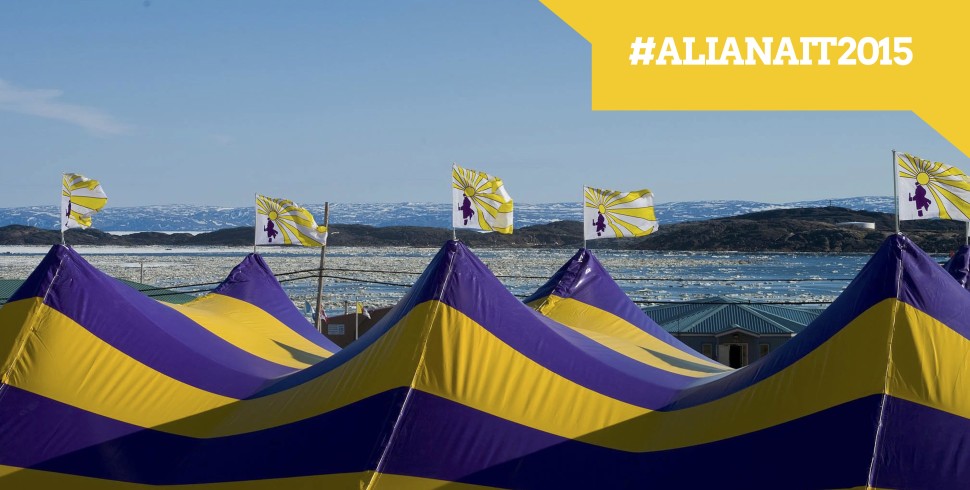
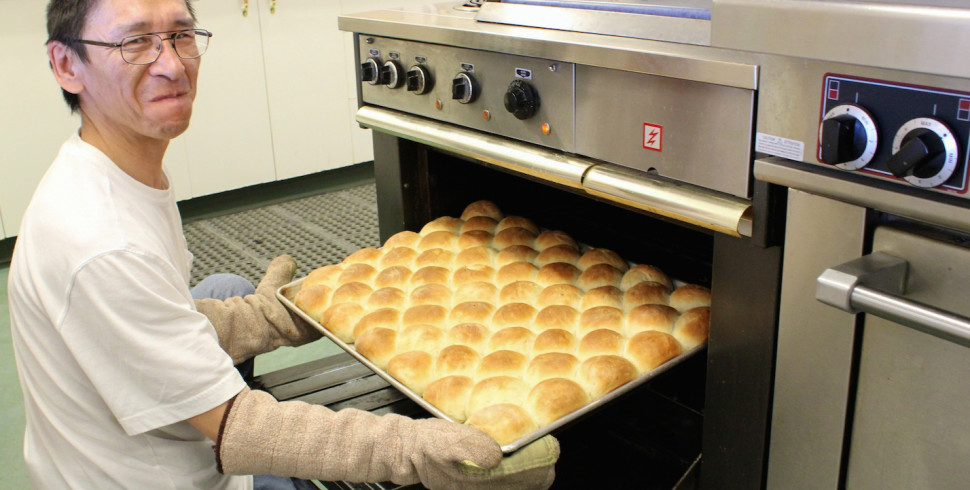
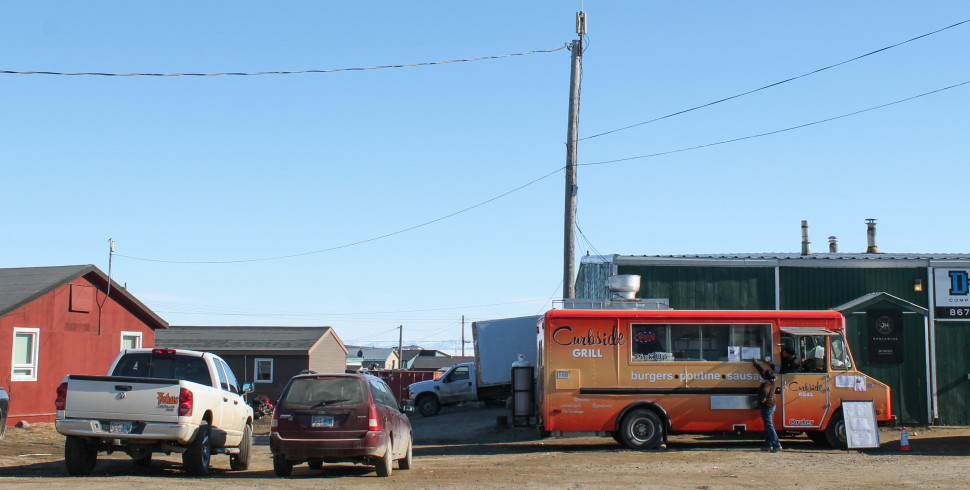


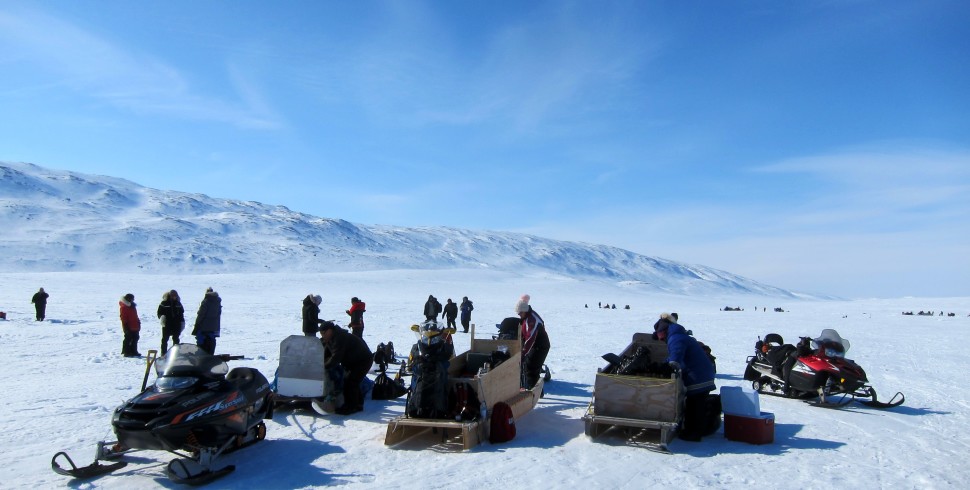





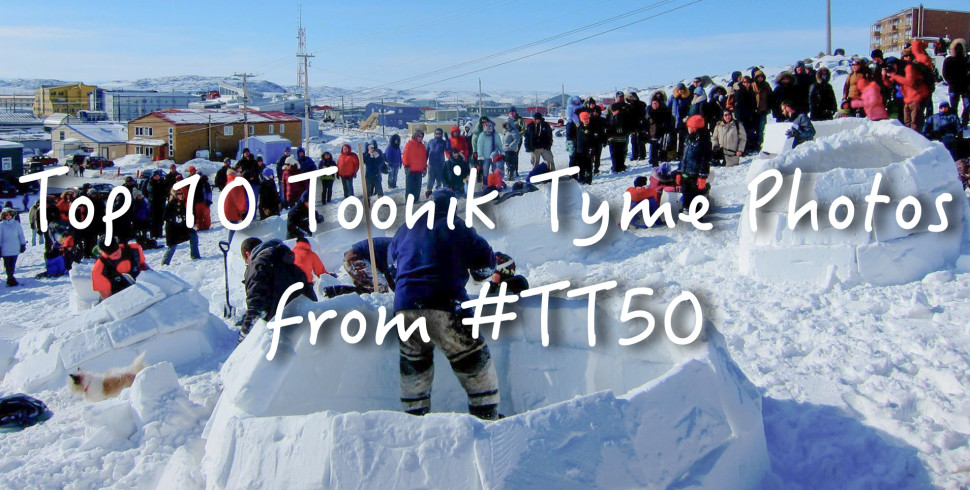
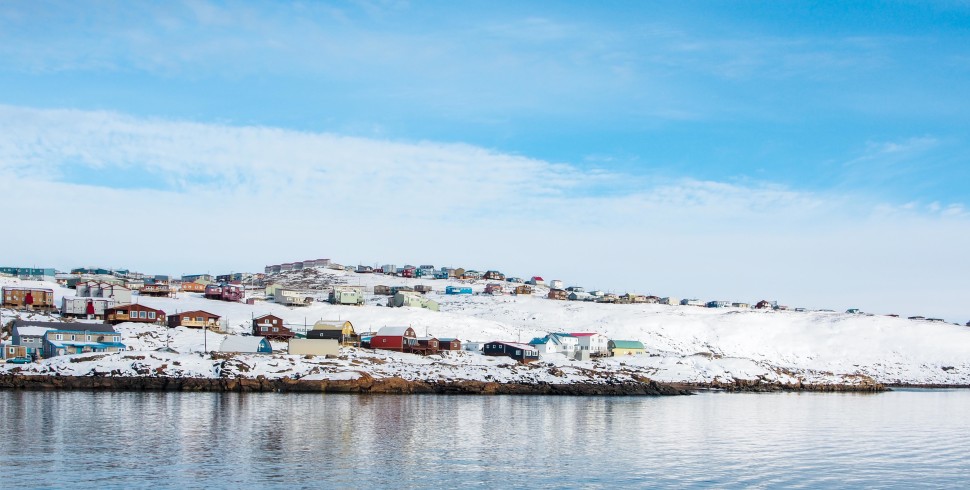


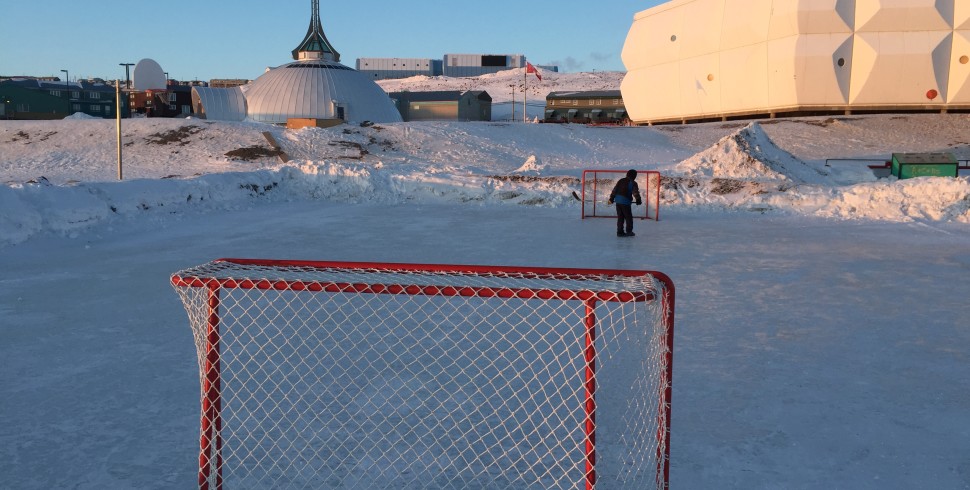


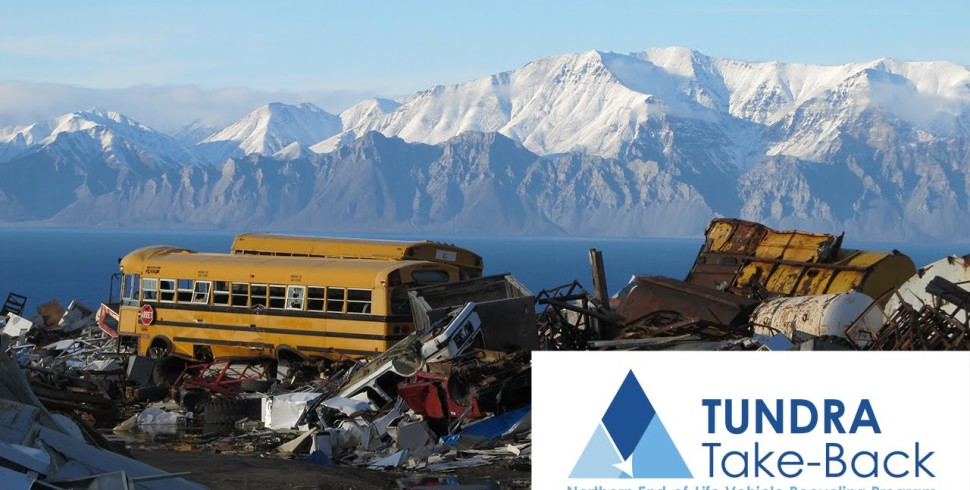


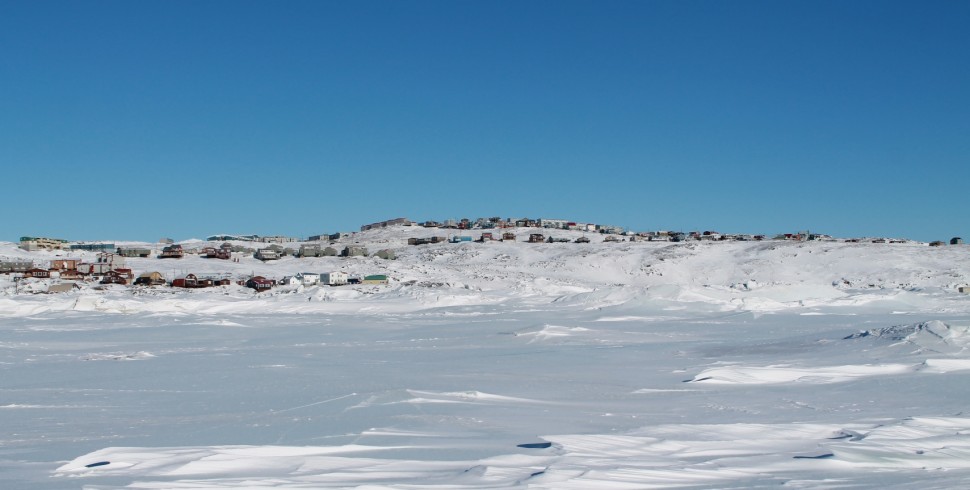
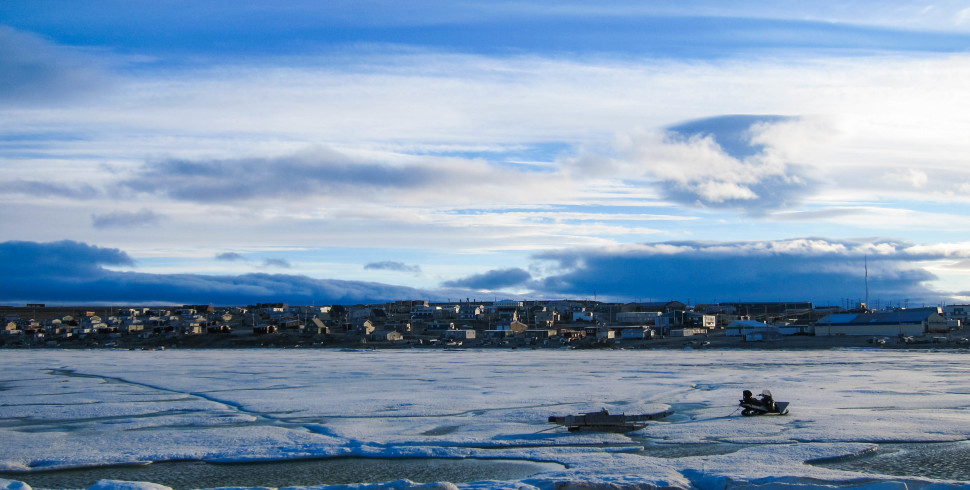













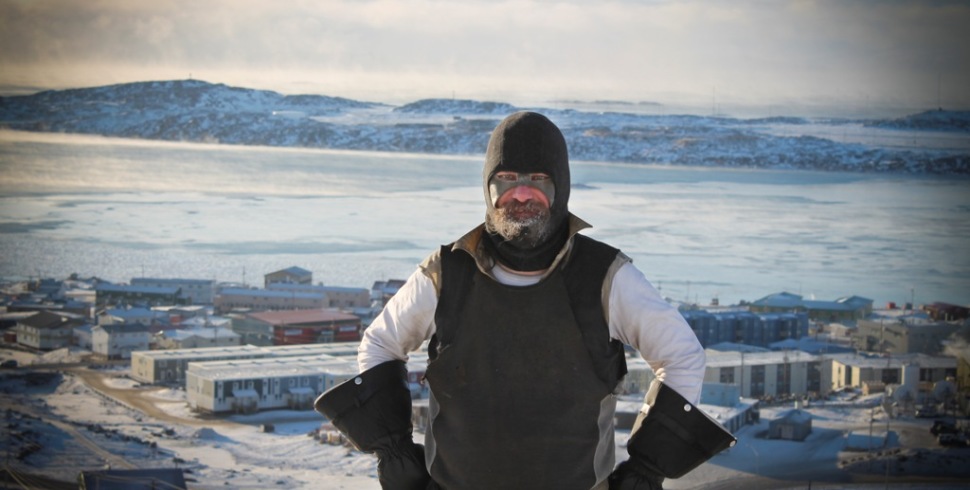






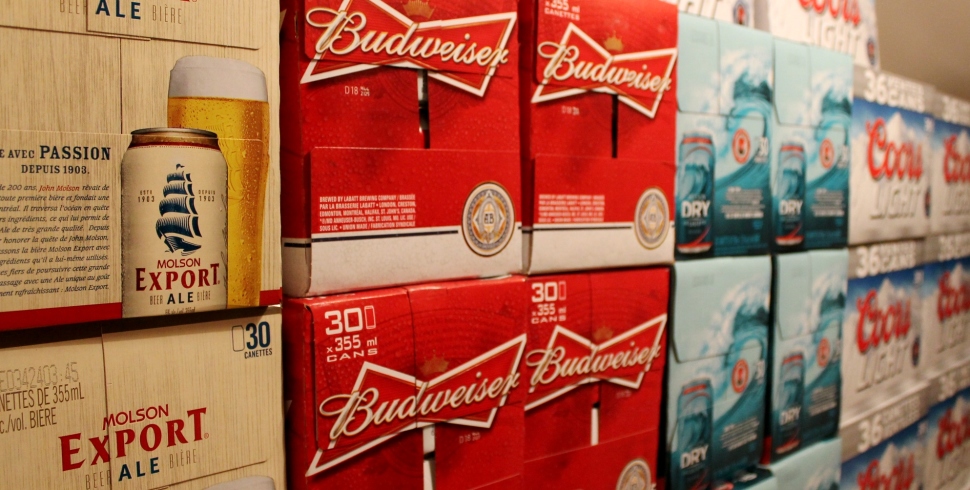



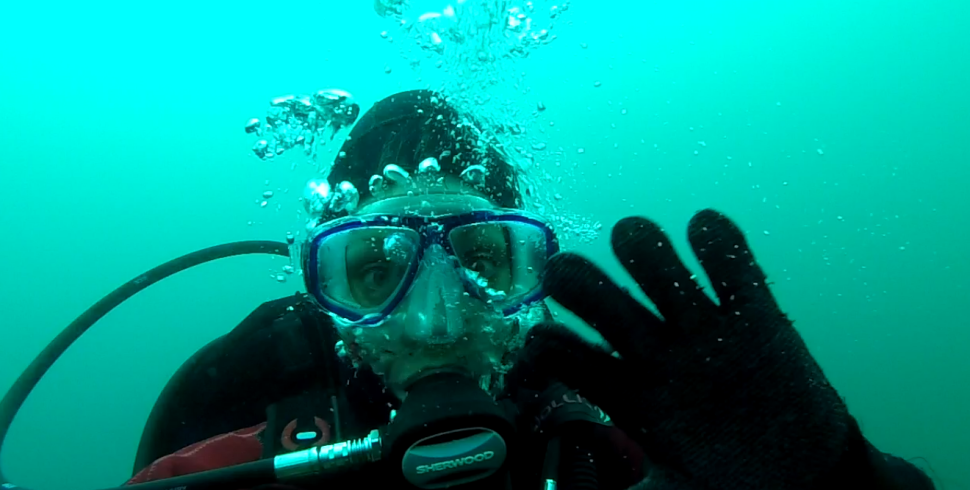
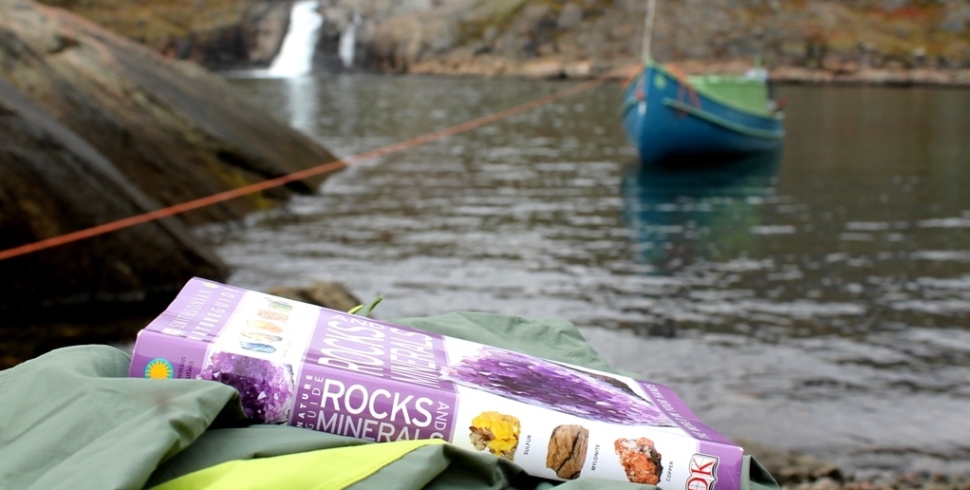
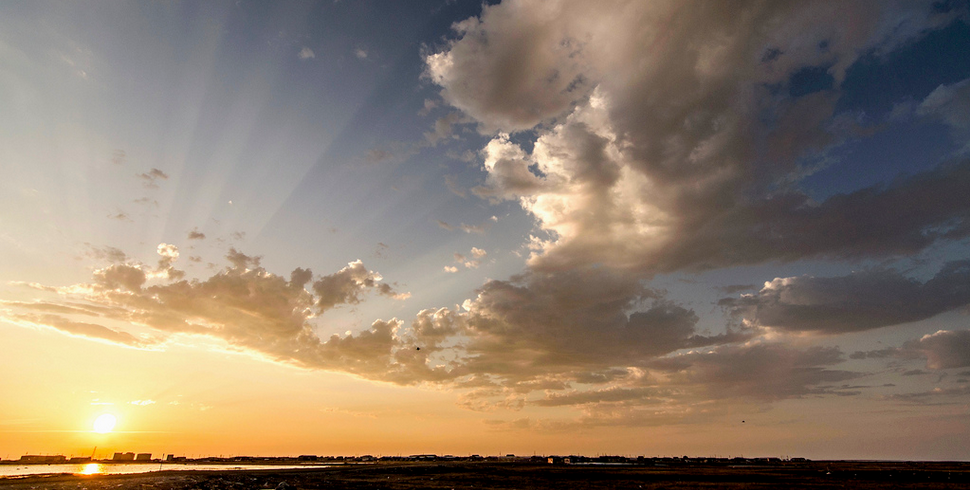
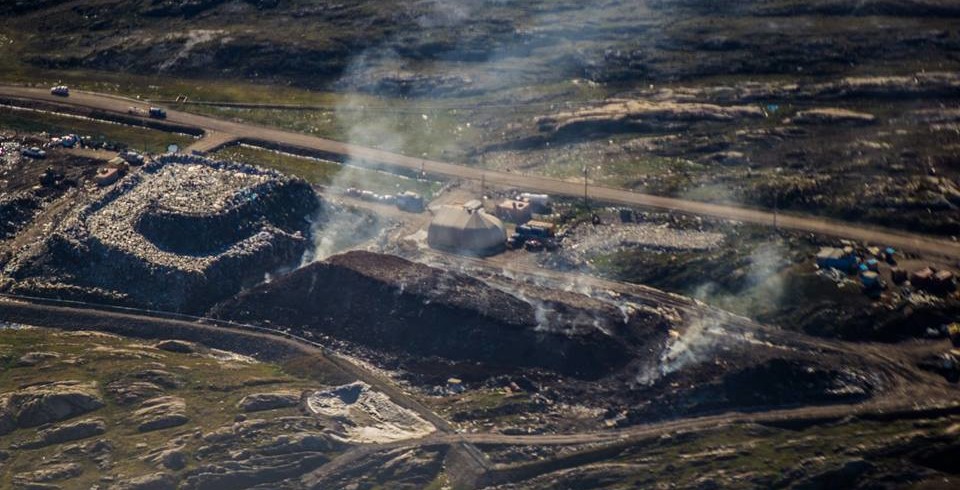




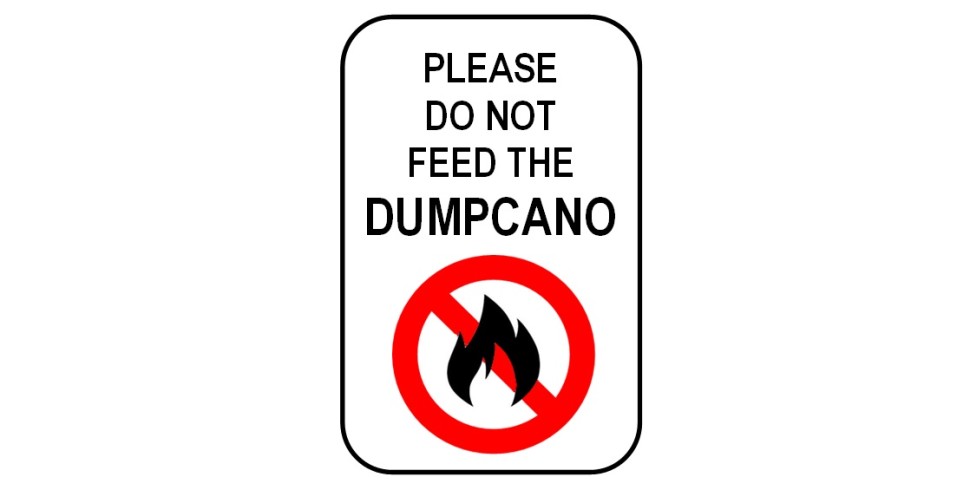
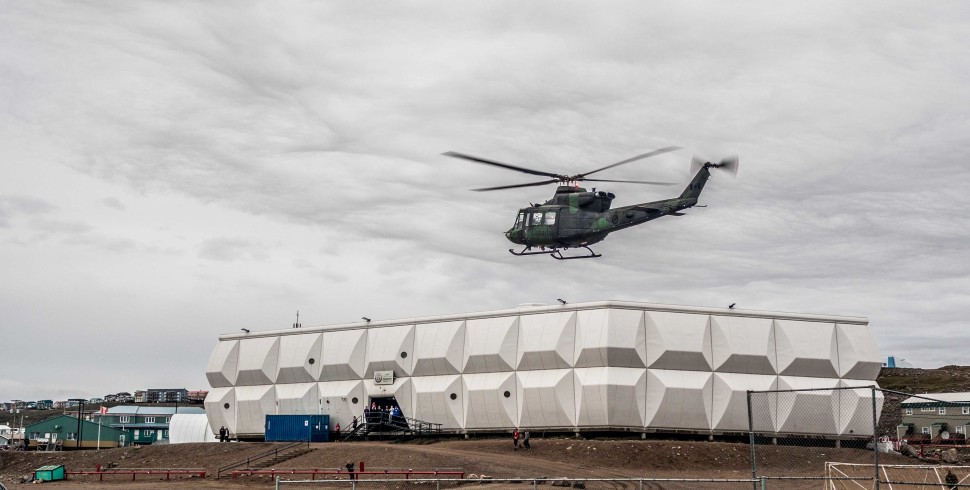

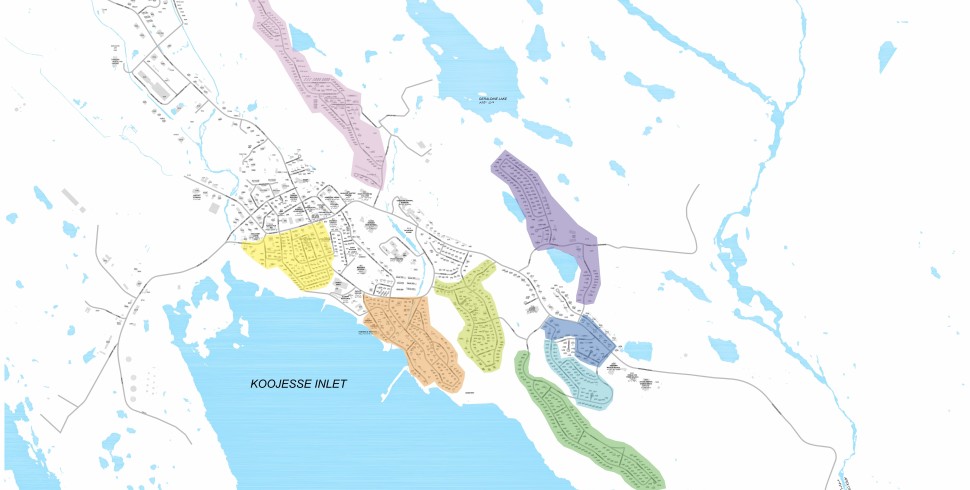

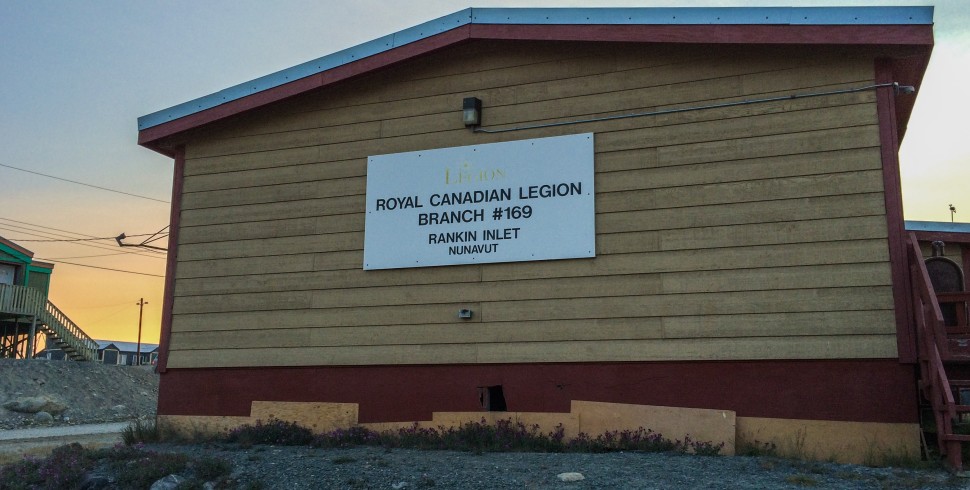
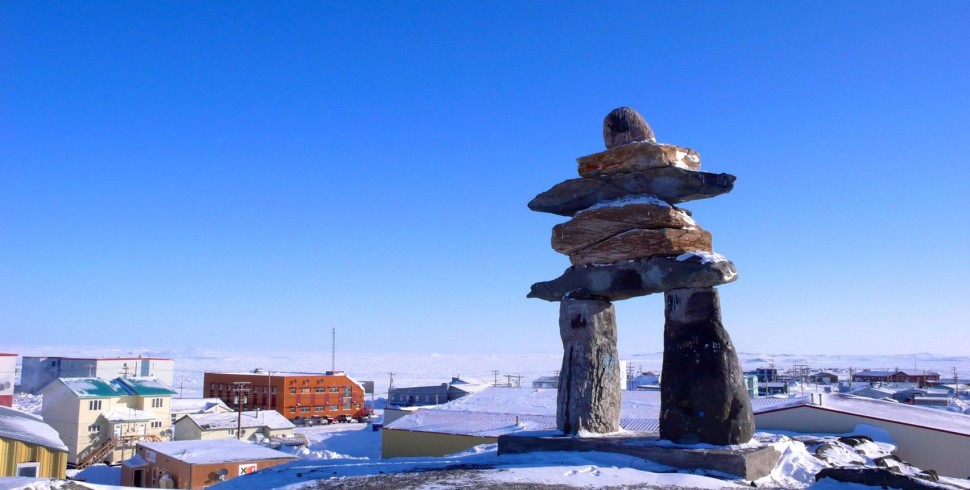
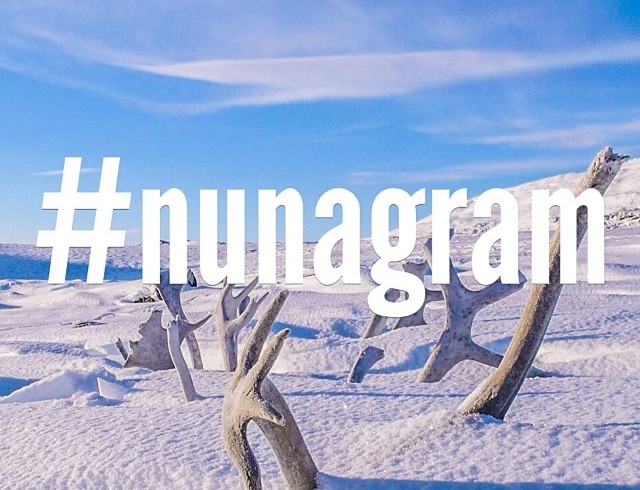


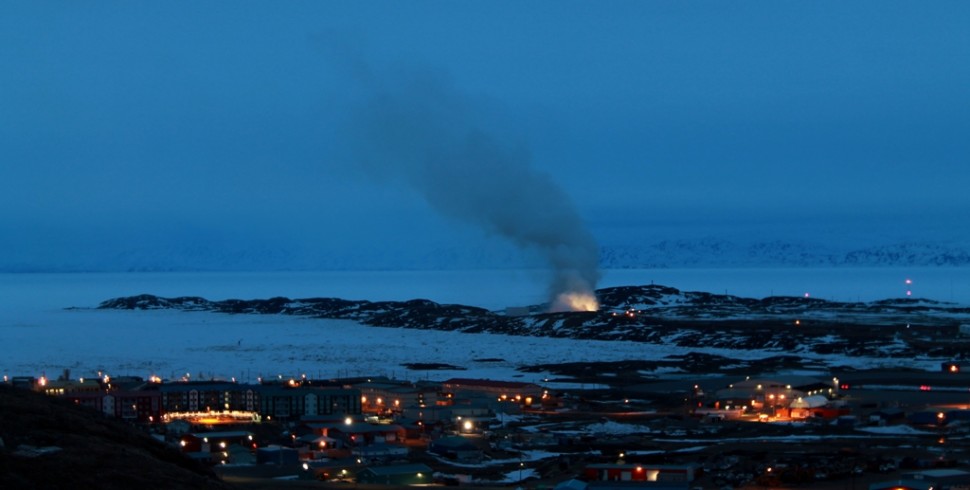

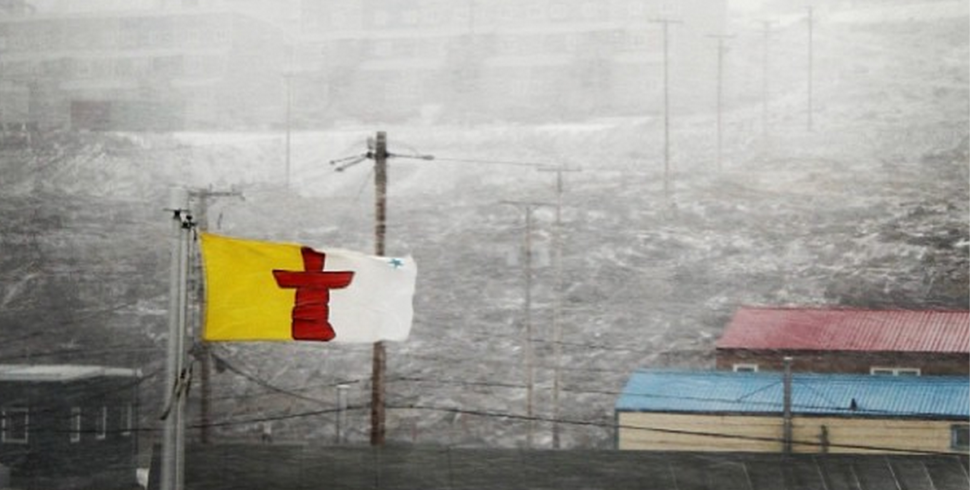
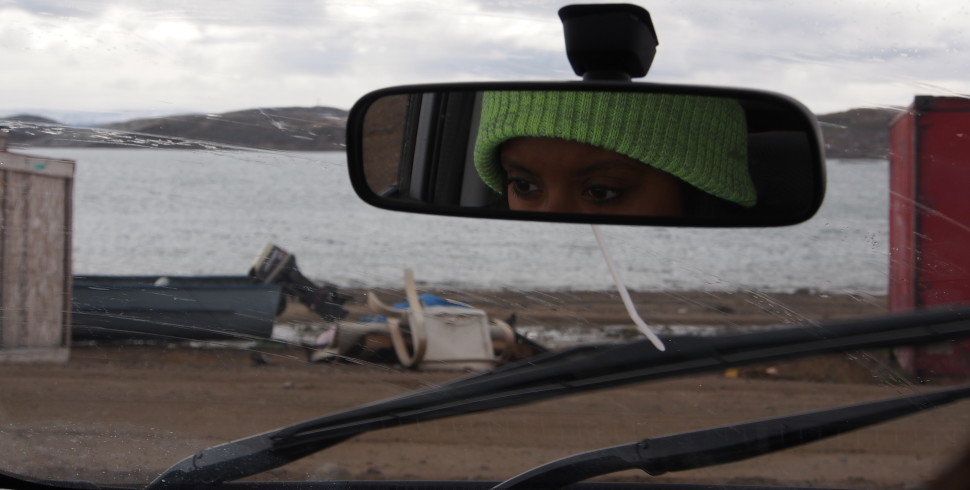
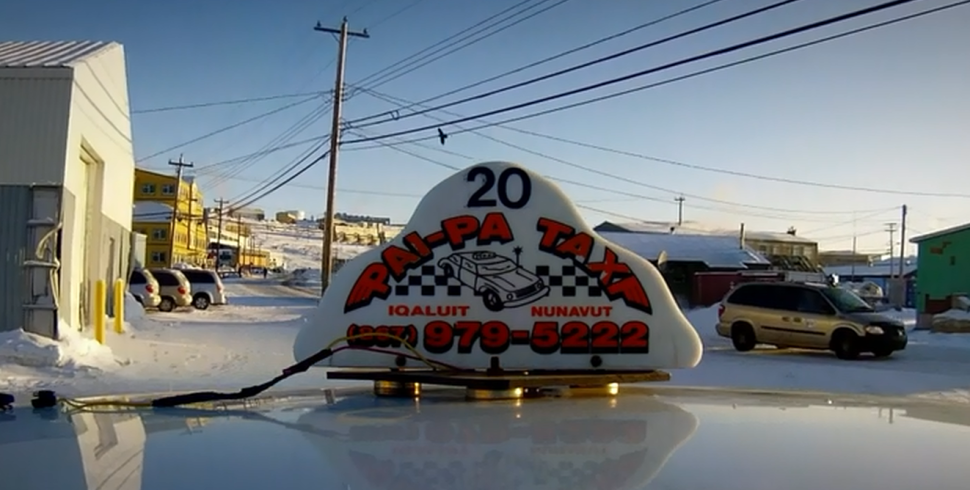

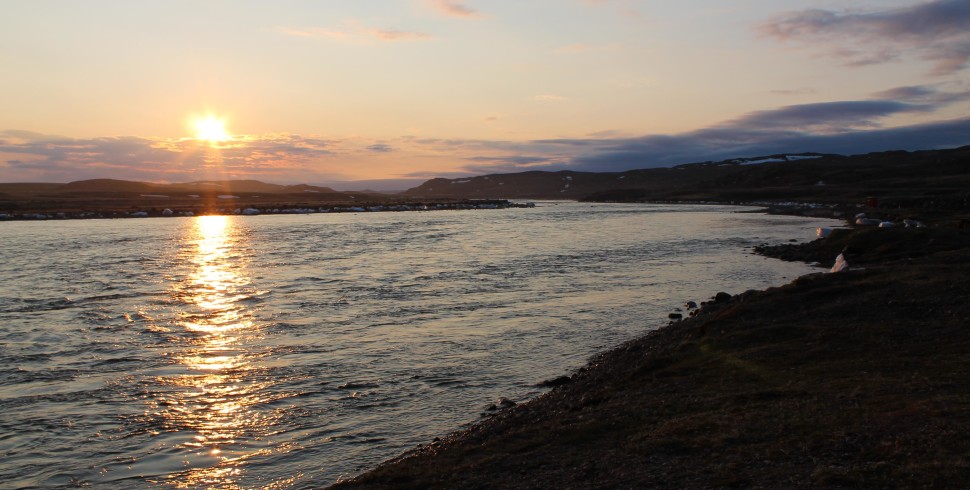


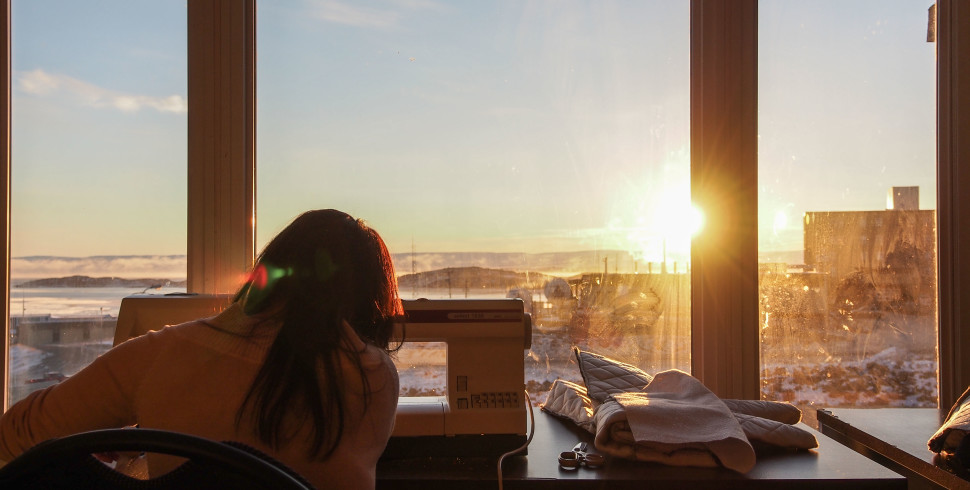
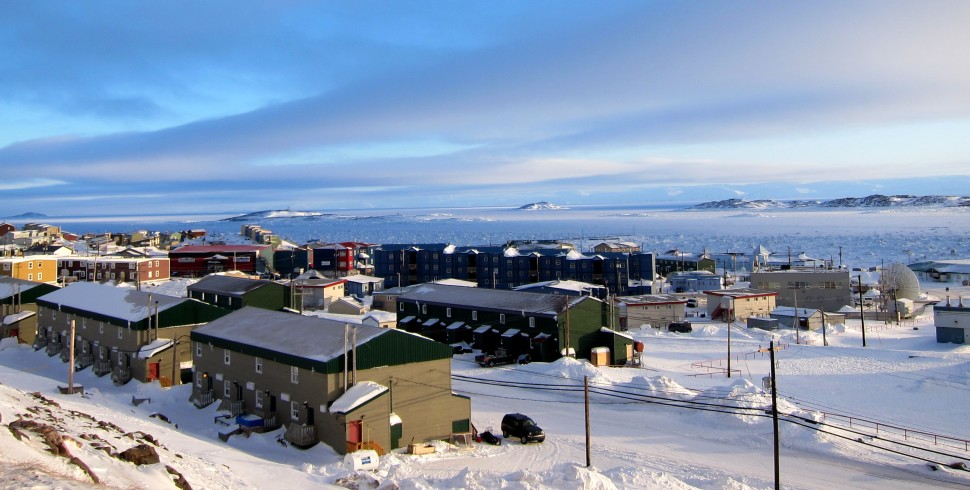

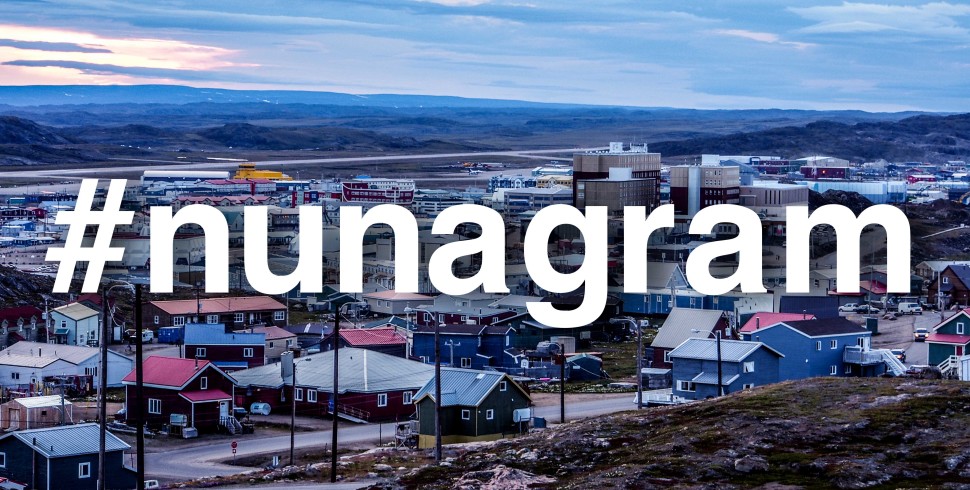

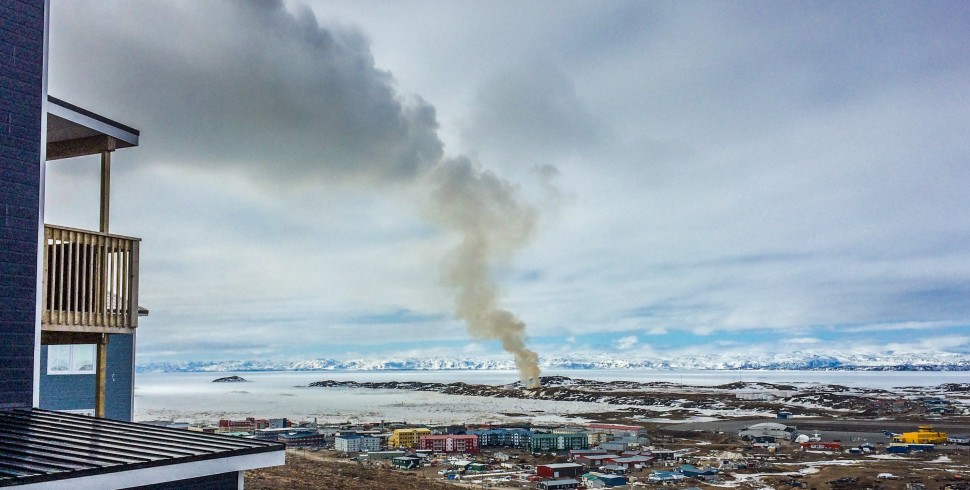



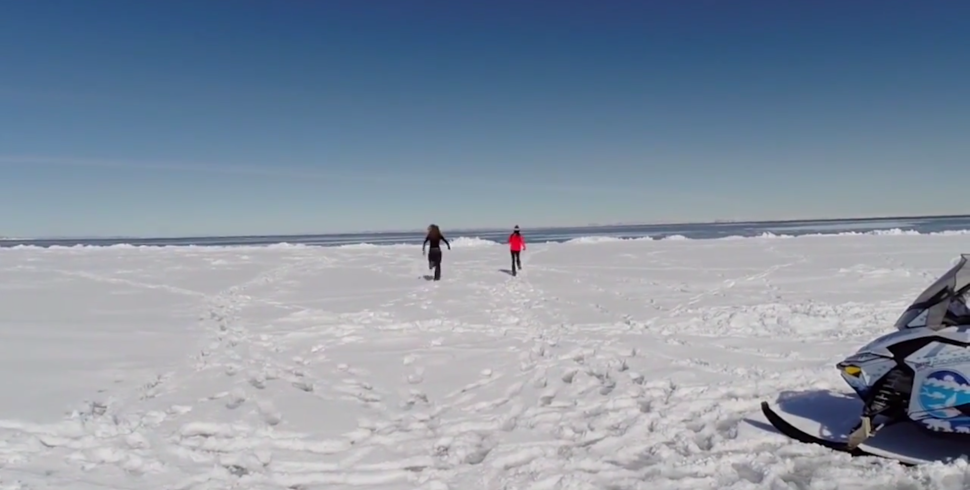




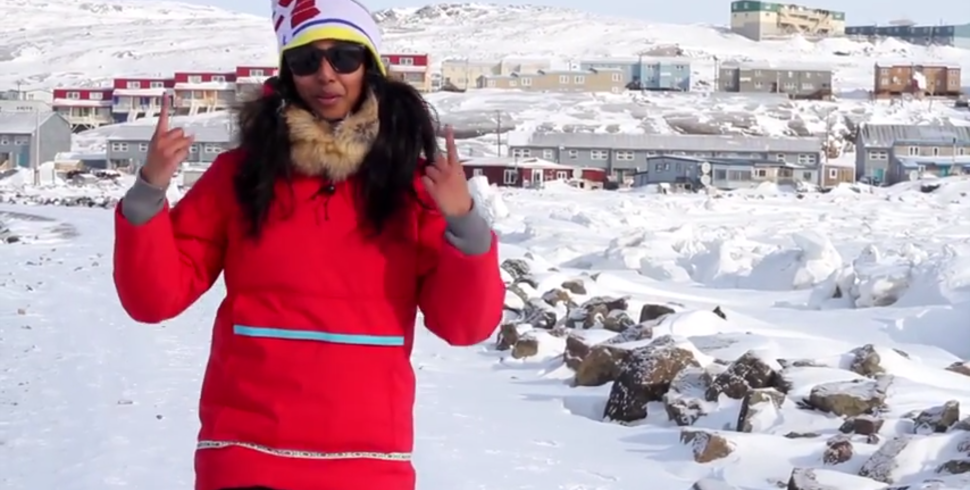
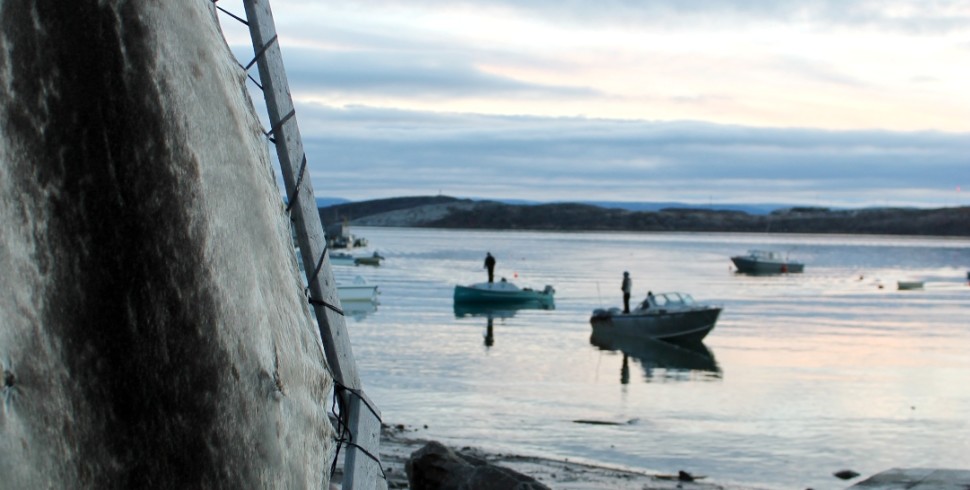


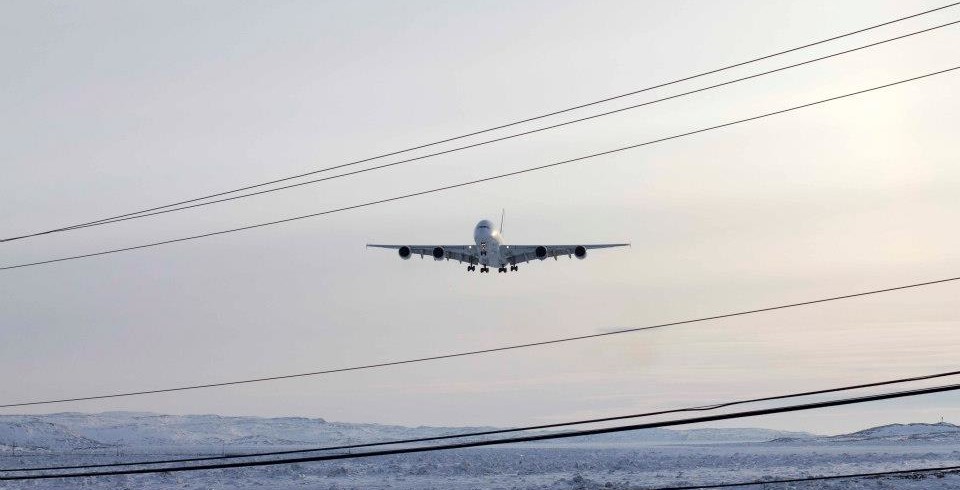



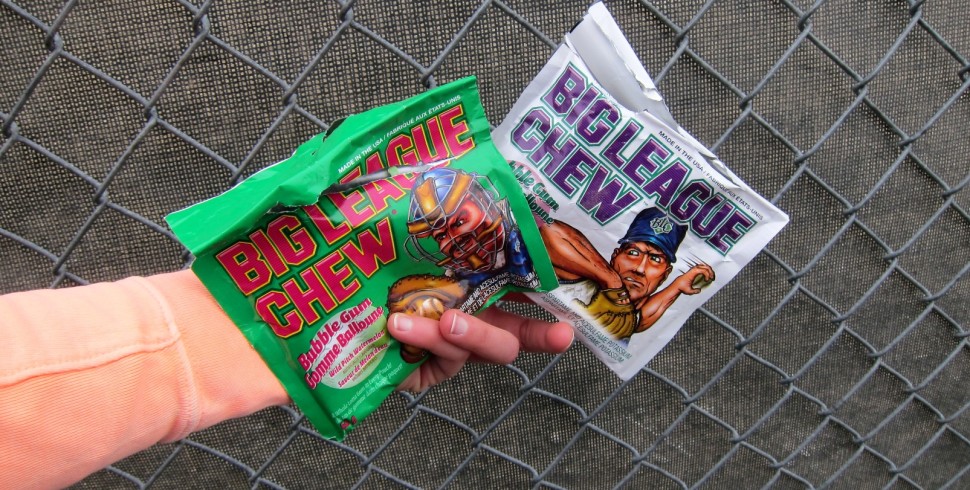


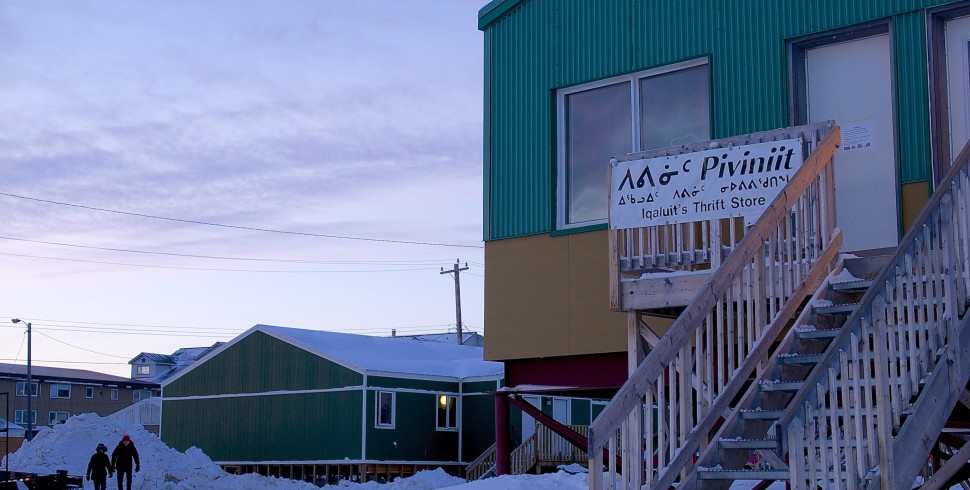

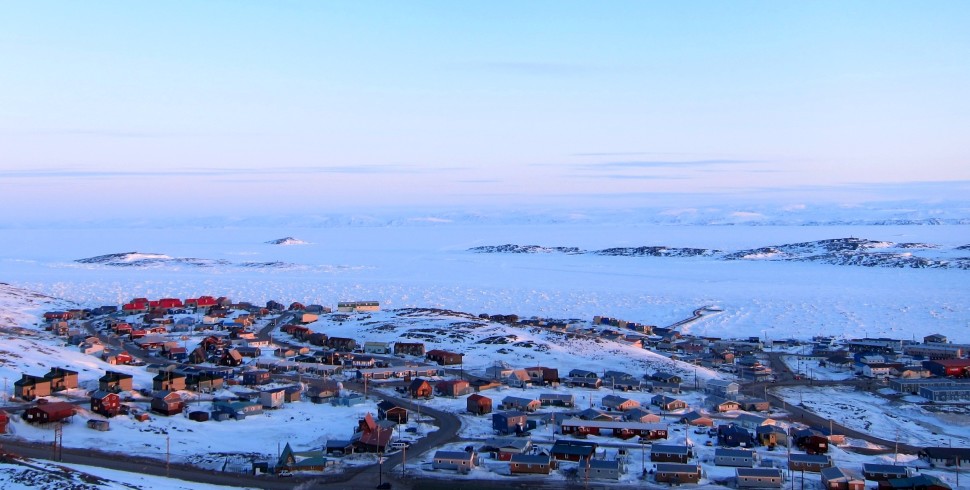
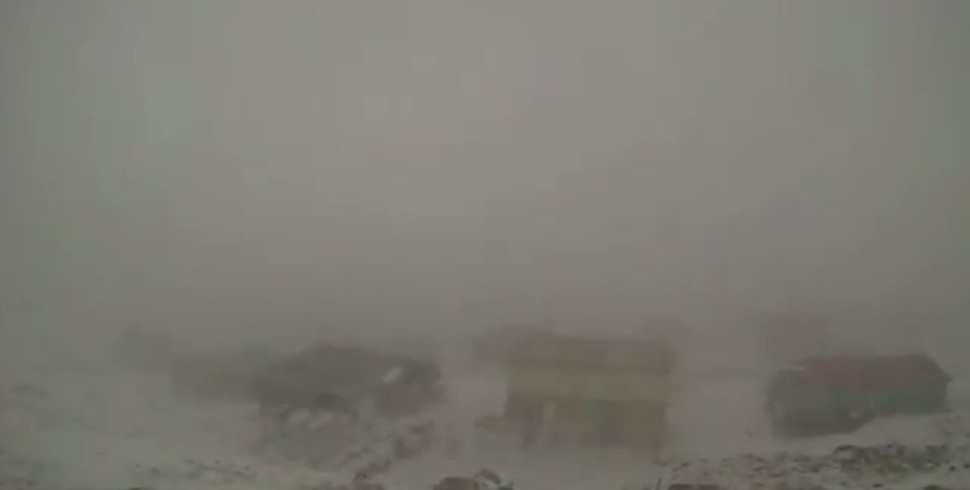
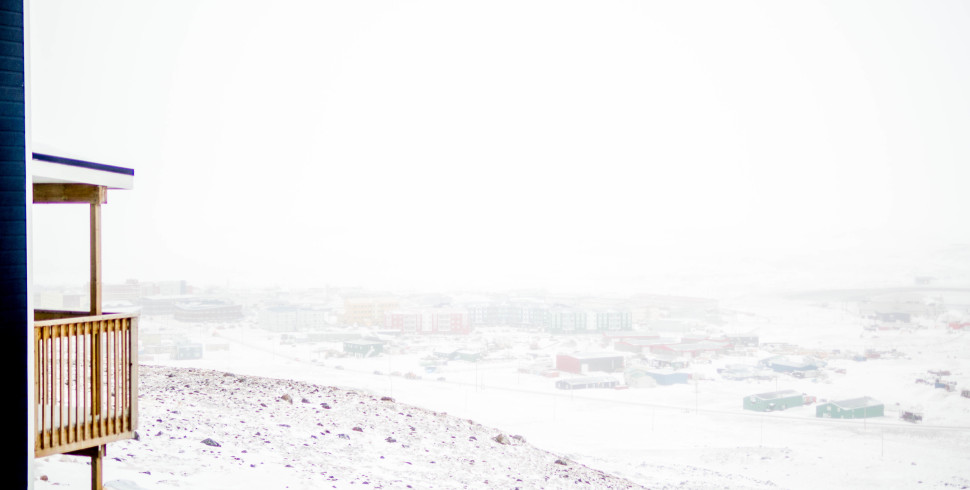
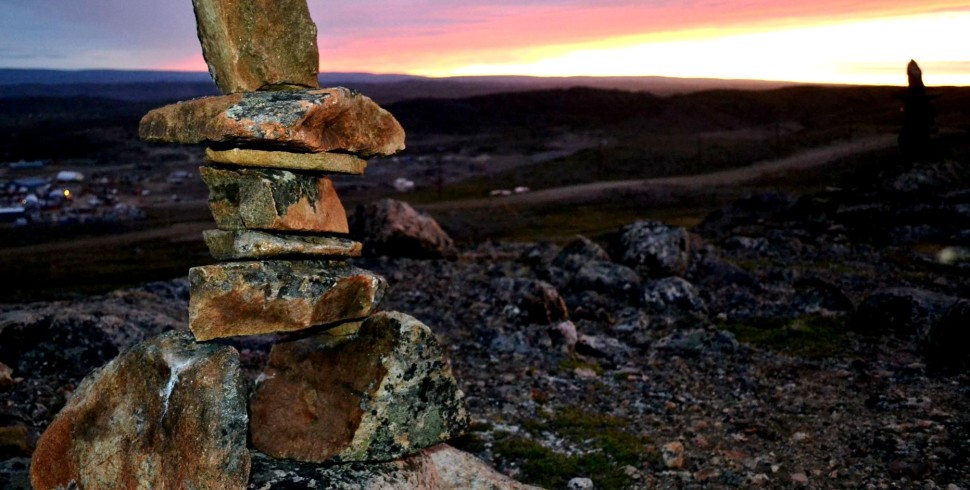

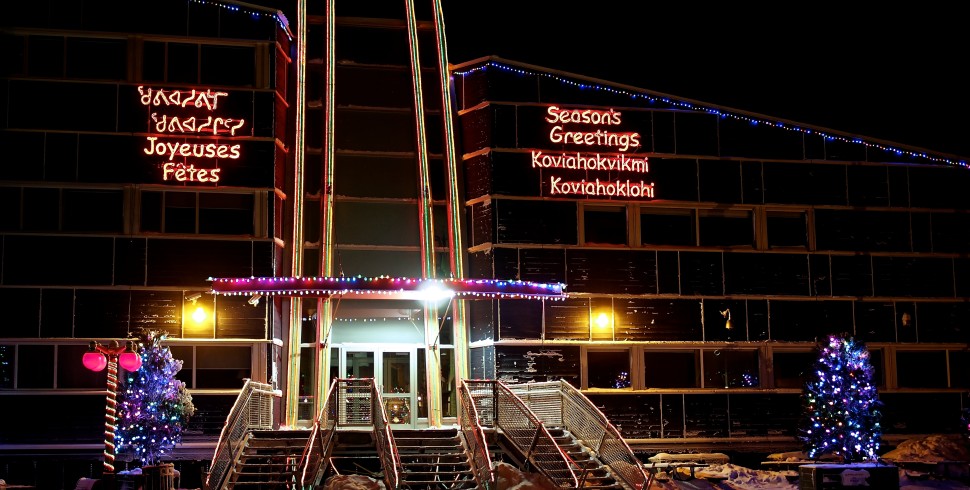
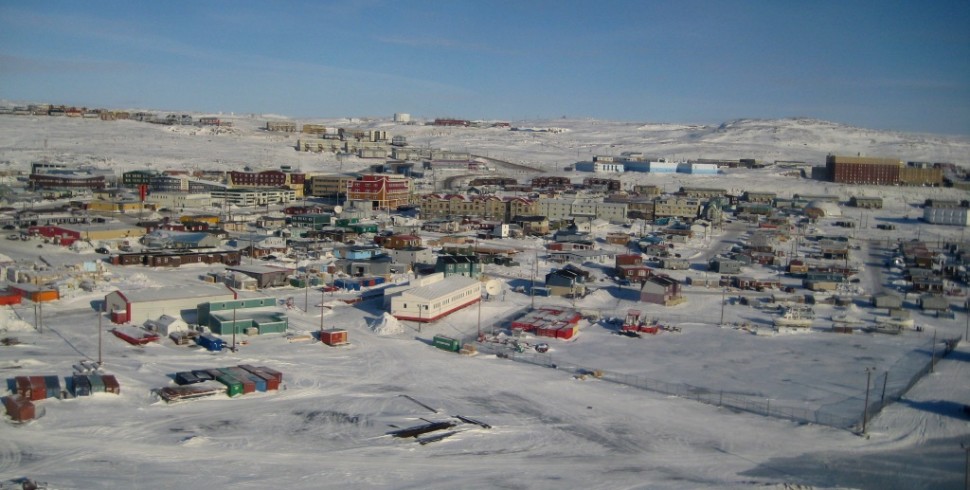


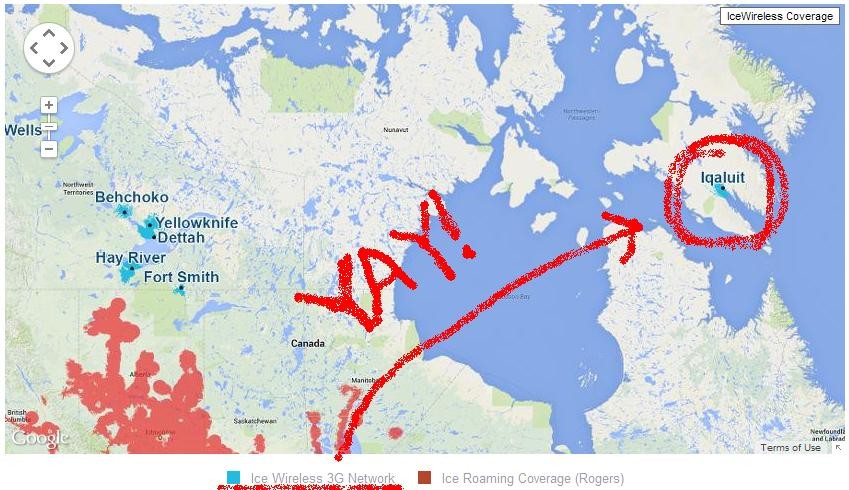
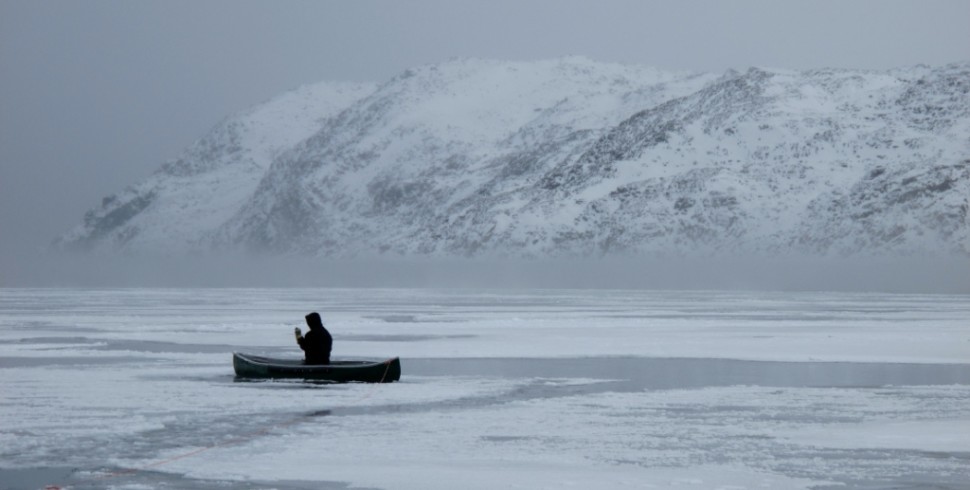
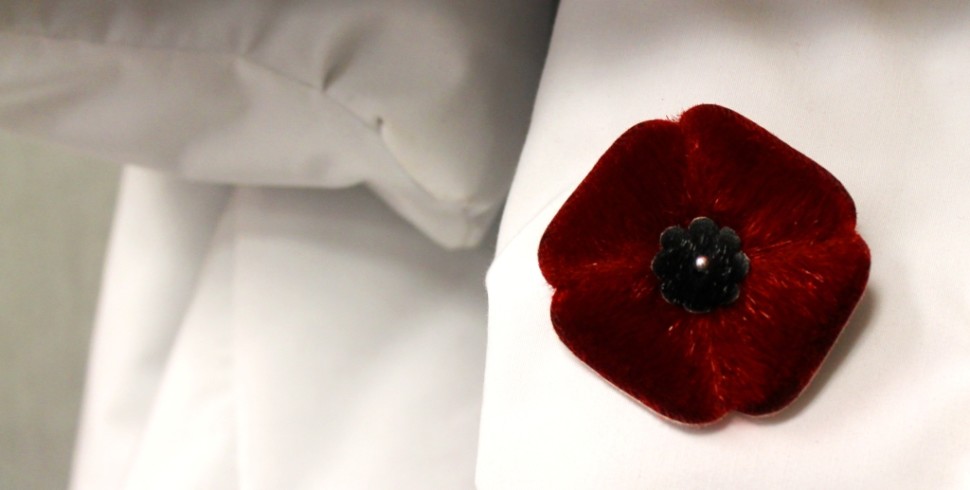


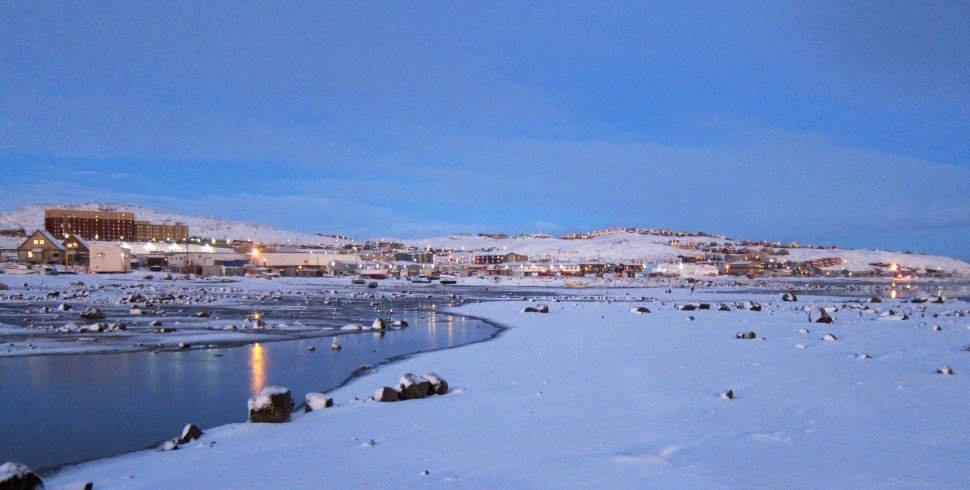
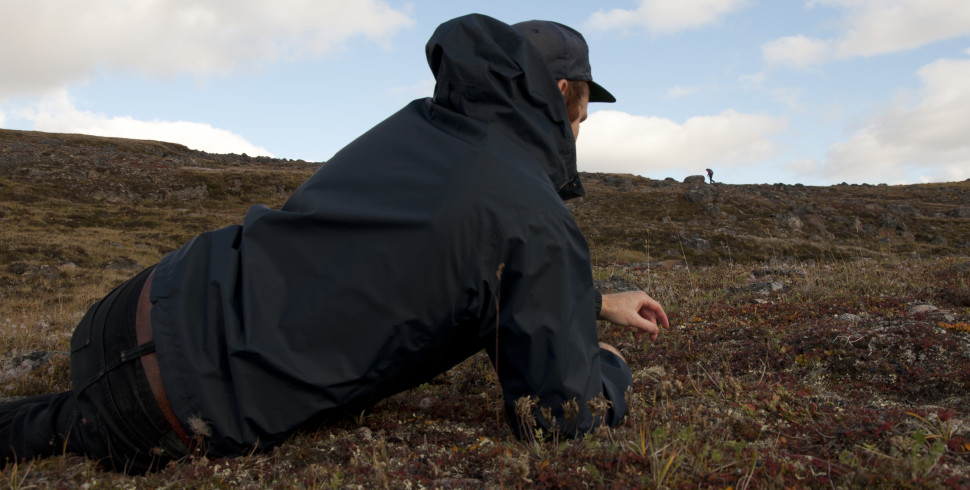
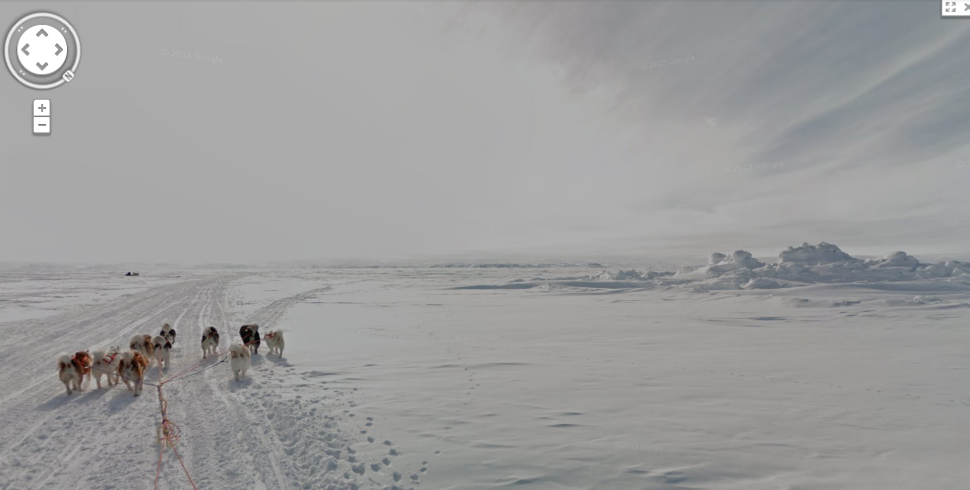

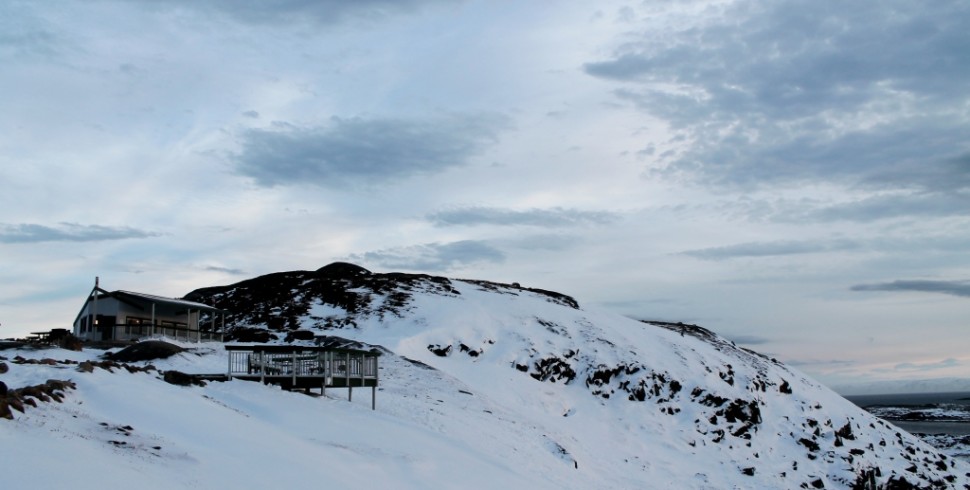





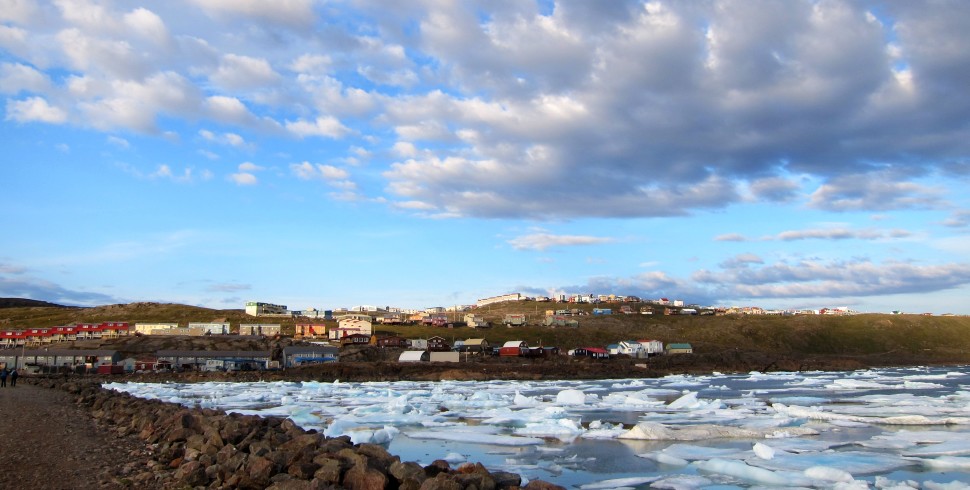

For all the talk about TSC, you should know that they ship using NSSI not NEAS!
One important fact as well is that in the end, shipping via sealift ends up costing you about $1/killo which includes the crating at TSC, the sealift booking fees, the trucking to the port and the actual sealift shipping.
All in all this beats shipping via the airline at around $5-6 per kilo, unless of course you work for an airline!
Thanks Billy, updated the sealift link in the post!
You should provide a link to the NEAS.ca website. They have the contract to service Iqaluit for the Government of Nunavut. They also have a very easy page to order your sealift online. For the sake of balance and fairness, you can find the link here: http://www.neas.ca –
Thank you for that info, Nate!
Pingback: How to Avoid Sealift - Finding True North
Pingback: Absolute Car-nage: A Field Guide to the Bumpers of Iqaluit
Pingback: The Most Wonderful Time of the Year | ARCTICdeco
Pingback: [GUEST POST] How to Buy Alcohol in Iqaluit
Great article, very clear and useful. Also now Marché Daoust that has been shipping groceries for 20 years in Nunavut and Nunavik has a new website http://www.marchedaoust.com for shipping by sealift or aircargo.
Sincerly yours,
Francois
Thanks for the great article. I am going to be buying the majority of my items in Montreal – is there a form to get the tax difference back from Quebec? Or is it the same form? Also – could you provide more information on how to get an alcohol import license? The link to the Liquor Commission website is helpful, but I’m not sure how to get a permit if I currently don’t live in Iqaluit but will be moving there this summer. Thanks!
Hey bud, did you ever find out? I’m flying to Montreal in late May, thinking about buying there. Just don’t know how it works.
Pingback: Our Favourite Nunavut Blogs - Finding True North
Pingback: The Most Wonderful Time of the Year - ARCTICdeco
Pingback: What Happens When There's Ridiculous Fog in Iqaluit for 11 Days Straight